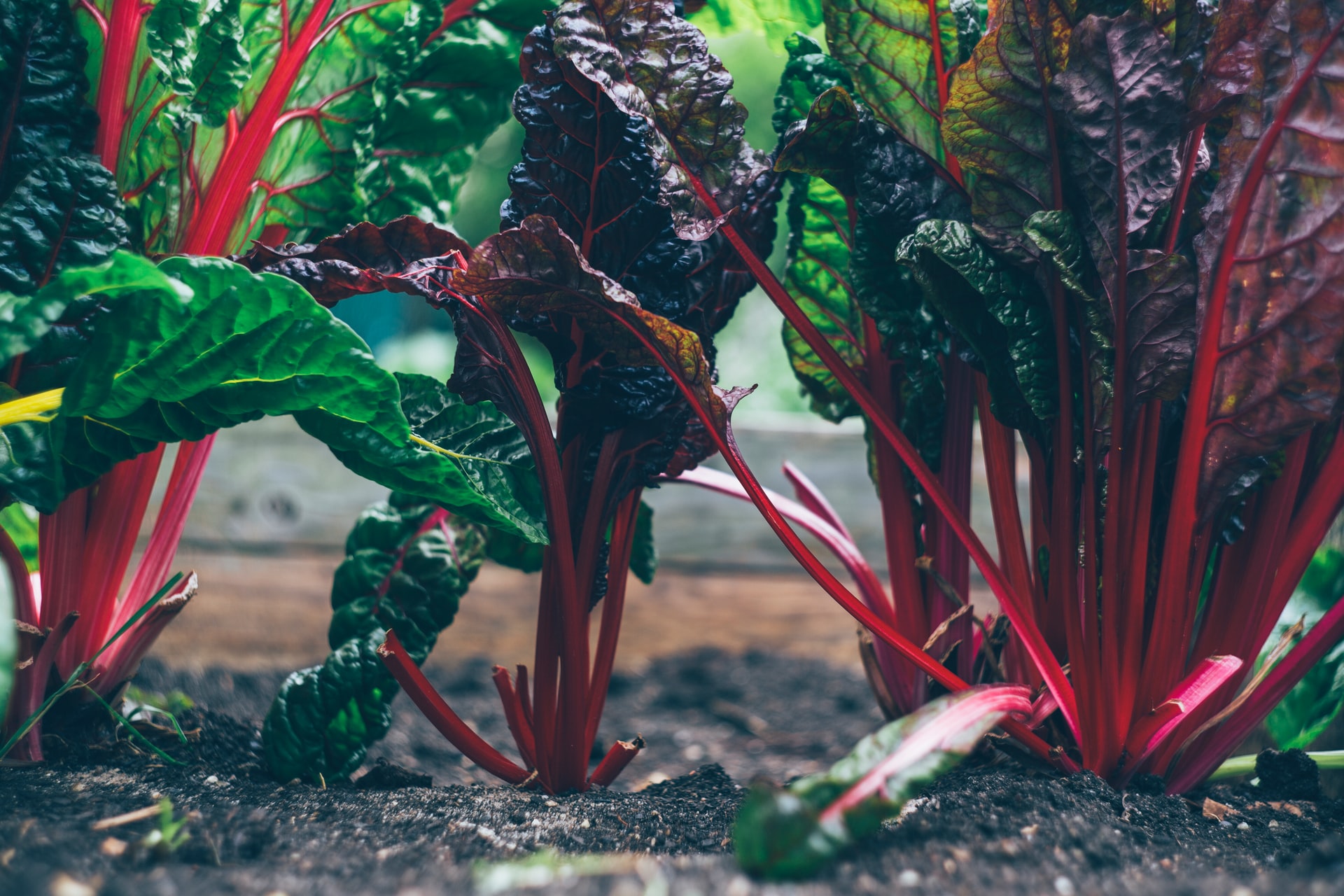While there seems to be no short-term answer for skyrocketing agricultural commodity futures, higher crop prices have foisted agtech ventures into the spotlight. Efficient vertical farming is becoming an increasingly popular investment as a result of the headwinds facing traditional farming.
As it stands, the volatile nature of climate change and population growth are creating a double whammy for the global crop supply. New data shows that vertical farming can increase crop yield by up to 700% while cutting water usage significantly. Vertical farming could one day prove to be a mainstream agricultural industry as its scalability comes closer to realization.
Related ETFs & Stocks: VanEck Vectors Agribusiness ETF (MOO), Invesco DB Agriculture Fund (DBA), AppHarvest, Inc. (APPH), CubicFarm Systems Corp. (CUBXF)
Vertical Farming Provides Solutions to Farming Inefficiencies, Climate Change
Vertical farming, a type of indoor, controlled farming where crops are grown in several stacked layers (similar to a multi-story building), has been a relatively niche market – until recently.
A report from Big Think recently found that vertical farms are incredibly efficient when it comes to water usage, requiring 95% less irrigation than soil grown plants. Nate Storey, co-founder of vertical farming startup Plenty, Inc., has highlighted the efficiency of vertical farming, noting that 99% of moisture transpired by plants can be recaptured and reused in a vertical farming system.
A recent report from Eden Green Technology found that food production accounts for 70% of global freshwater production.
As MRP has recently highlighted, water has become an increasingly scarce resource and years of drought may continue to become more common. Per Oregon Public Broadcasting, the past year has been the driest or second driest in most Southwestern states since record keeping began in 1895. Higher average temperatures, as we’ve seen over the last two decades, increase the loss of water to the atmosphere, likely playing a significant role in increasing the frequency and severity of droughts. Studies show that, since 2000, about half the reduction in the Colorado River’s flow has been due to warmer temperatures. For every degree Celsius of warming, the river’s flow is expected to shrink by 9%.
According to the US drought monitor, most of California is currently experiencing drought level D3 (Extreme Drought) or worse. Reuters writes that Lake Mead, the reservoir created by Nevada’s Hoover Dam, has sunk to its lowest level ever. Mead is the largest reservoir in the United States and crucial to the water supply of 25 million people including in the cities of Los Angeles, San Diego, Phoenix, Tucson and Las Vegas.
South America’s crop king, Brazil, is also facing a drought that marks its worst dry spell in 91 years. Drier-than-normal weather has slammed production of sugar and coffee in Brazil, the world’s largest supplier of those products. Last week, coffee futures touched their highest price since 2016.
Axios writes that if the global population continues its upward trend we will need 50-70% more food over the next 30 years, according to UN data. Fortunately, crop yields could rise by roughly 700% per year with vertical farming technology, as indoor systems can operate 365 days year without worrying about weather patterns.
In addition, the amount of land used to grow crops is significantly diminished when farms switch to an indoor vertical approach. Per Free Think, roughly 700 acres of farmland can be condensed into a vertical farming structure the size of a big box store.
Further, these farms can be constructed in urban areas due to their limited footprint, which in turn can reduce the time necessary for produce to make their way into cities. Eden Green Technology writes that most crops would be able to move from indoor farms to retail shelves in less than 48 hours, minimizing the loss of freshness and fuel waste in the agriculture transportation process.
As climate shifts continue to affect the global agriculture industry, indoor farming provides an efficient and sustainable way to produce more crops with fewer resources.
Market Poised to Grow as Investment Surges
The rapid rise of crop prices and resulting food inflation…
To read the rest of this Market Insight, START A FREE TRIAL You’ll also gain access to: If you already have a subscription, sign in










